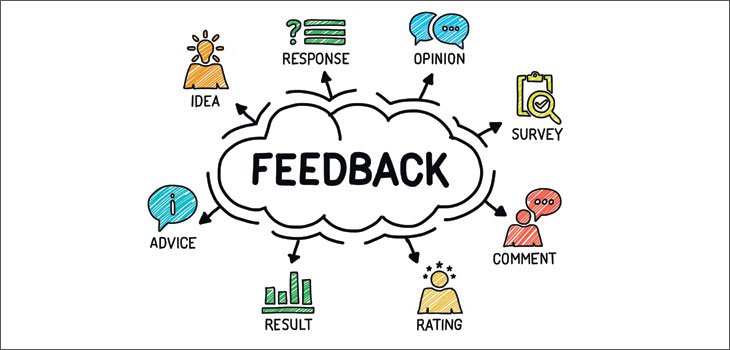If Your Words Fall in The Forest, Does Anybody Hear Them?
May 22, 2020

Back before we were all ordered to hunker down at home – a mere few months ago, in other words – Richard (my long-suffering partner) and I went out to get a coffee.
There we were on a sunny Saturday morning, strolling along the sidewalk, minding our own business, when suddenly we heard a man shouting. We turned. We looked. We saw. A car stopped in the middle of busy (as it then was) College street. Through his open window, the driver was bellowing: “There’s a phone! There’s a phone!”
Naturally, we thought one of us had dropped our phone. But no, a quick pat down confirmed that both of us were fully with phone. Still, Shouting Man persisted, “There’s a phone! There’s a phone!”
Now Shouting Man has caught the attention of the guy behind us on the sidewalk. He too pats himself down and, apparently satisfying himself that he has not lost his phone, simply shakes his head and keeps walking.
And still, Shouting Man is barking: “There’s a phone! There’s a phone!” Finally, a woman appears on the south side of College Street. We watch as first she joins us in baffled head shaking. Then, miraculously, she seems to clue in. Dashing on to the street, she stoops down and scoops something up. Aha, a phone!
But it ain’t over til it’s over. Now Shouting Man is hollering something else: “She went in there!” Where? There! This is accompanied by wild arm waving, in the vague direction of the shops on the north side of the street. The phone-rescuing woman goes into one of the shops, and from our vantage point outside, we can see her handing a phone, the phone, to another woman. Phone rescuing woman exits, still shaking her head, and we all carry on.
Just another interesting little encounter in the neighbourhood. Or was it?
Since I am hard-wired to spot communication lessons in just about everything, I couldn’t help thinking: well, that just goes to show you what happens when you repeat a message over and over without bothering to check how – or indeed, if – it’s being received.
There were at least four sentient beings out there on College Street, and not one of us could figure out what Shouting Man was banging on about. Did this cause him to change tack? To try something different? Was he even conscious that his message was not registering? I’d have to say no. He was like the classic, unilingual tourist flailing around in a foreign country, convinced that if he only speaks louder, people will understand him.
But communication doesn’t work that way. Communication is a complex thing. It requires a sender, a message, a channel, and a receiver. And, here’s the tricky part: the receiver doesn’t passively absorb the message as the sender intends it. The receiver decodes, reconstructs and understands the message through multiple personal lenses. How the receiver interprets the message is influenced by their education, knowledge, experiences, attitudes, perceptions, culture, values, even current psychological state. In communication theory, this is known as “noise.” There’s always a lot of noise in every receiver’s head.
So, how do we know if the receiver has understood our message? Feedback.
Feedback is the reason marketers invest so much time, effort and money into researching and testing different ideas and messages. Marketers use various tools and processes – surveys, focus groups, interviews – to find out if a proposed message will attract the attention of their target audience and, more importantly, whether it will resonate with that audience. If it doesn’t, they refine, adjust, or even go back to the drawing board.
You don’t have to be a marketer testing an expensive ad campaign to benefit from feedback. The best communicators seek feedback every single day. Every time you to stop to check – and I mean really check – if someone has understood your question, your point or your instructions, you are seeking feedback.
Every time you ask a colleague, a friend or family member to read your copy, whether it’s a single word, a sentence or an entire email, you are seeking feedback. We all know how useful that “outside eye” is to catch typos, misused words or wonky sentences.
Every time you engage a professional editor to proofread your prose, you are seeking feedback. You are testing out your message. Is it clear? Does it say what you want it to say? Will it strike a chord with your reader? Influence her or motivate her to take action?
You can even get feedback from yourself. When you pause to let your writing sit – overnight or for a few hours – you are, in effect, seeking feedback. You’re not the same person when you return to your copy. You have “fresh eyes.”
Some professionals I work with seem reluctant to ask their clients for feedback. I’m never sure what they’re afraid of discovering – God forbid they should get some actual, actionable data.
But client feedback is so valuable. We may think we’re doing a good job; we may think we’re sending “Baby Bear” communications to our clients (not too long, not too short, just right); we may think our invoices provide the kind of detail they need and want. But really, how do we know if we never ask?
Go ahead and ask! Most of your clients will be happy to give their opinion. It makes them feel valued, and the fact that you took the time to ask shows you care enough to provide personal service. Just make sure you follow up and make any changes they’ve asked for.
And while I'm dispensing advice, here's another one: Don't be barking at people from your car.
Remember this:
Feedback is an essential step in the communication process. Seek it early. Seek it often.
